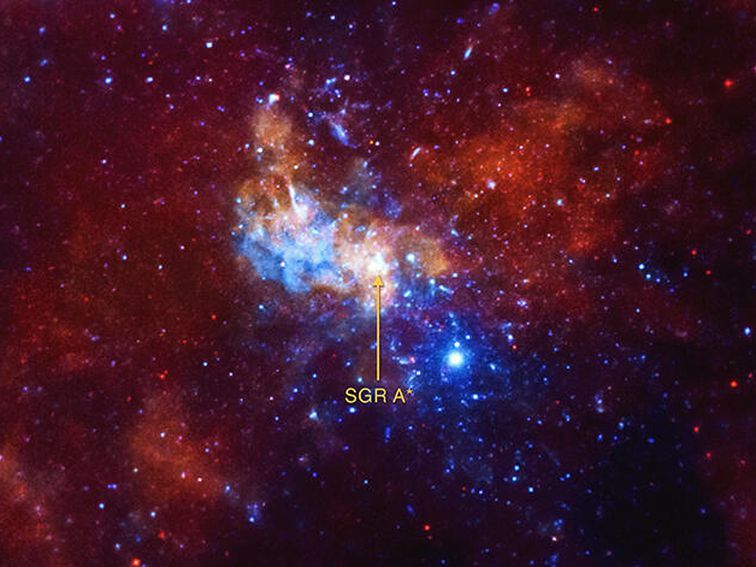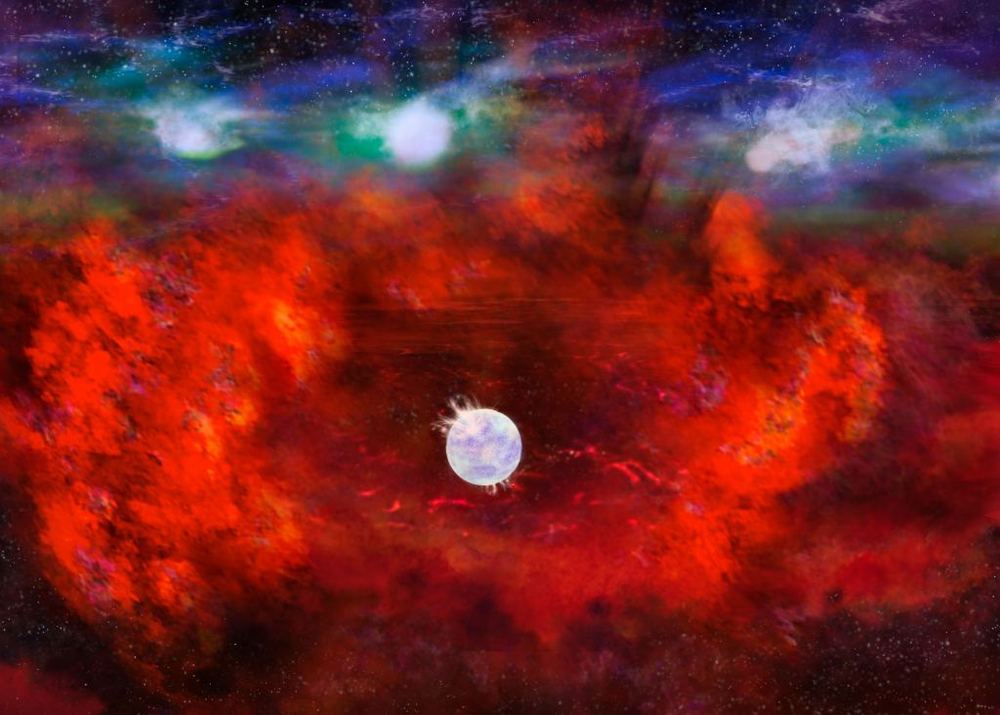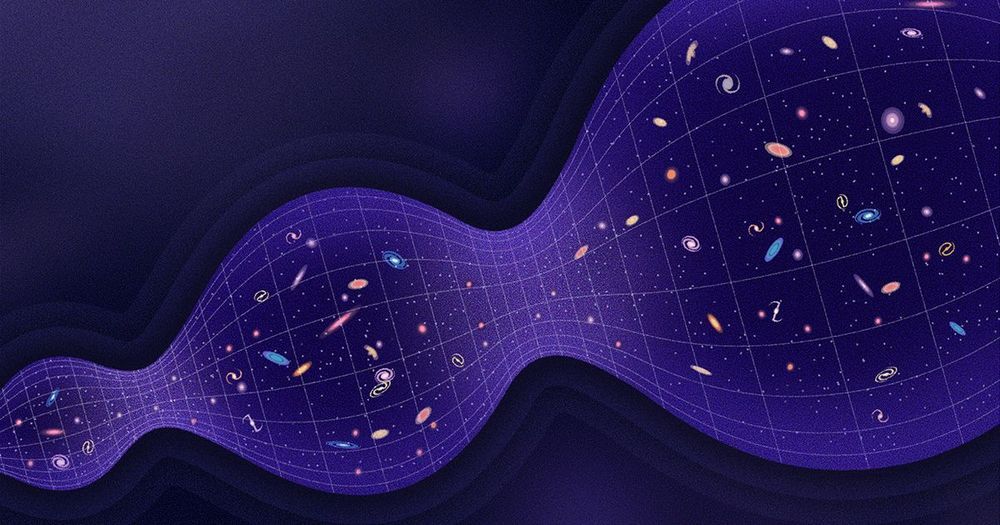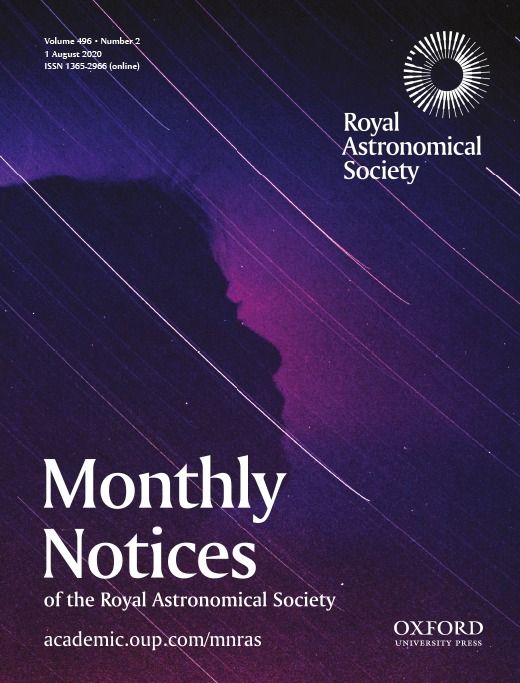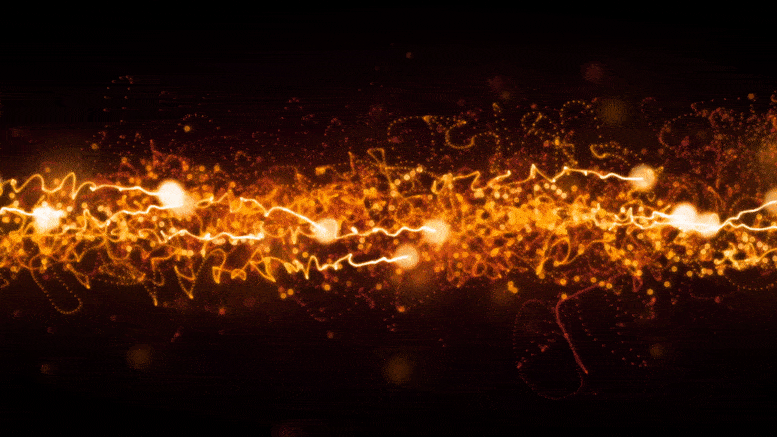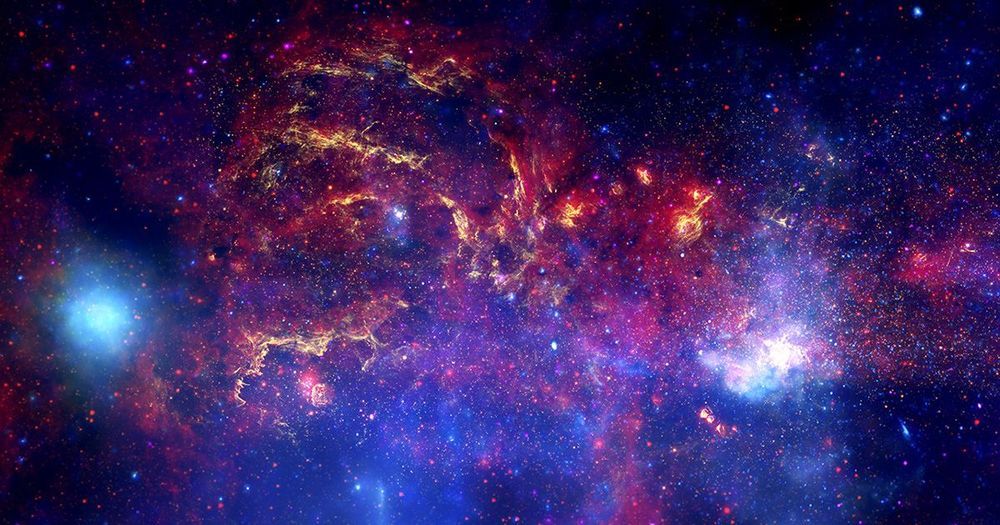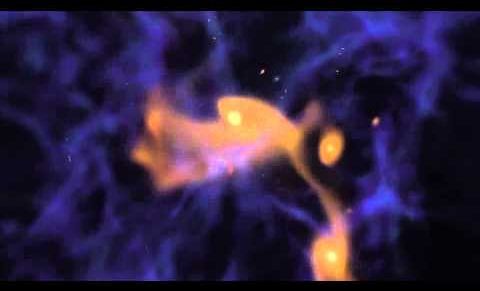Aug 13, 2020
Dying Breaths of a Massive Star – Supernovae That Result From Pulsating Supergiants Like Betelgeuse
Posted by Genevieve Klien in category: cosmology
Betelgeuse has been the center of significant media attention lately. The red supergiant is nearing the end of its life, and when a star over 10 times the mass of the Sun dies, it goes out in spectacular fashion. With its brightness recently dipping to the lowest point in the last hundred years, many space enthusiasts are excited that Betelgeuse may soon go supernova, exploding in a dazzling display that could be visible even in daylight.
While the famous star in Orion’s shoulder will likely meet its demise within the next million years — practically couple days in cosmic time — scientists maintain that its dimming is due to the star pulsating. The phenomenon is relatively common among red supergiants, and Betelgeuse has been known for decades to be in this group.
Coincidentally, researchers at UC Santa Barbara have already made predictions about the brightness of the supernova that would result when a pulsating star like Betelgeuse explodes.

